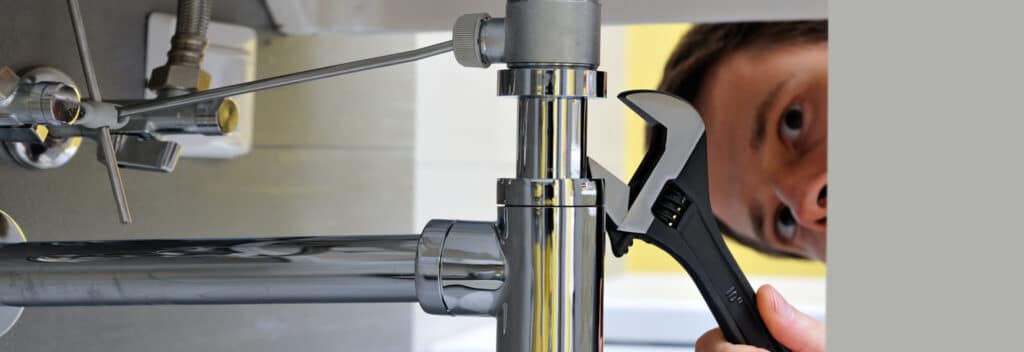Poly B, a type of polybutylene plumbing, has been a topic among homeowners in Alberta. With its usage in households, it’s crucial to understand what it is, how to identify it, and what steps to take if you have it in your home.
Understanding Poly B:
Poly B is a type of plastic piping commonly used in residential plumbing systems from the mid-1970s to the mid-1990s. Initially touted as a cost-effective alternative to traditional copper piping, it gained popularity due to its ease of installation and resistance to corrosion. However, issues regarding its reliability and durability began to emerge over time.
Identifying Poly B:
So, how can you tell if your home is outfitted with Poly B plumbing? Here are a few indicators:
- Pipe Colour and Markings: Poly B pipes are typically grey in colour but may also be blue or black. Look for the stamped markings “PB2110”, “PB2110-ASTM,” or “CSA-B 137.8” on the pipes.
- Flexible Appearance: Unlike rigid copper pipes, Poly B pipes have a more flexible appearance and could be bent more easily.
- Connectors and Fittings: Check the connectors and fittings in your plumbing system. If they are made of acetal or plastic, you likely have Poly B piping.
- Age of the Property: If your home was built or renovated between the mid-1970s and mid-1990s, it may contain Poly B plumbing.
What to Do About It:
If you discover that your home has Poly B plumbing, here’s what you should consider:
- Assess the Condition: Poly B pipes may see deterioration and develop cracks or leaks over time. It’s essential to assess the condition of your plumbing system regularly.
- Consult a Professional: Consider hiring a licensed plumber to inspect your plumbing system thoroughly. We can help identify any potential issues and provide recommendations.
- Consider Replacement: Due to the risks associated with Poly B piping, some homeowners replace it with more reliable materials, such as copper or PEX (cross-linked polyethylene). While this can be a significant investment, it could prevent costly water damage and plumbing emergencies in the long run.
- Insurance Coverage: Check with your homeowner’s insurance provider to see if they offer coverage for damages related to Poly B plumbing. Some insurers may have specific policies or exclusions regarding this issue.
Poly B plumbing remains a concern for select homeowners in Alberta due to its potential for leaks and deterioration. By understanding how to identify Poly B piping in your home and taking proactive measures to address it, you can help safeguard your property and minimize the risk of plumbing-related issues. Don’t hesitate to consult with professionals and explore replacement options to help ensure the long-term integrity of your plumbing system. Call on Reliance™ – we’re here to address your concerns and provide professional guidance on dealing with Poly B plumbing issues.







